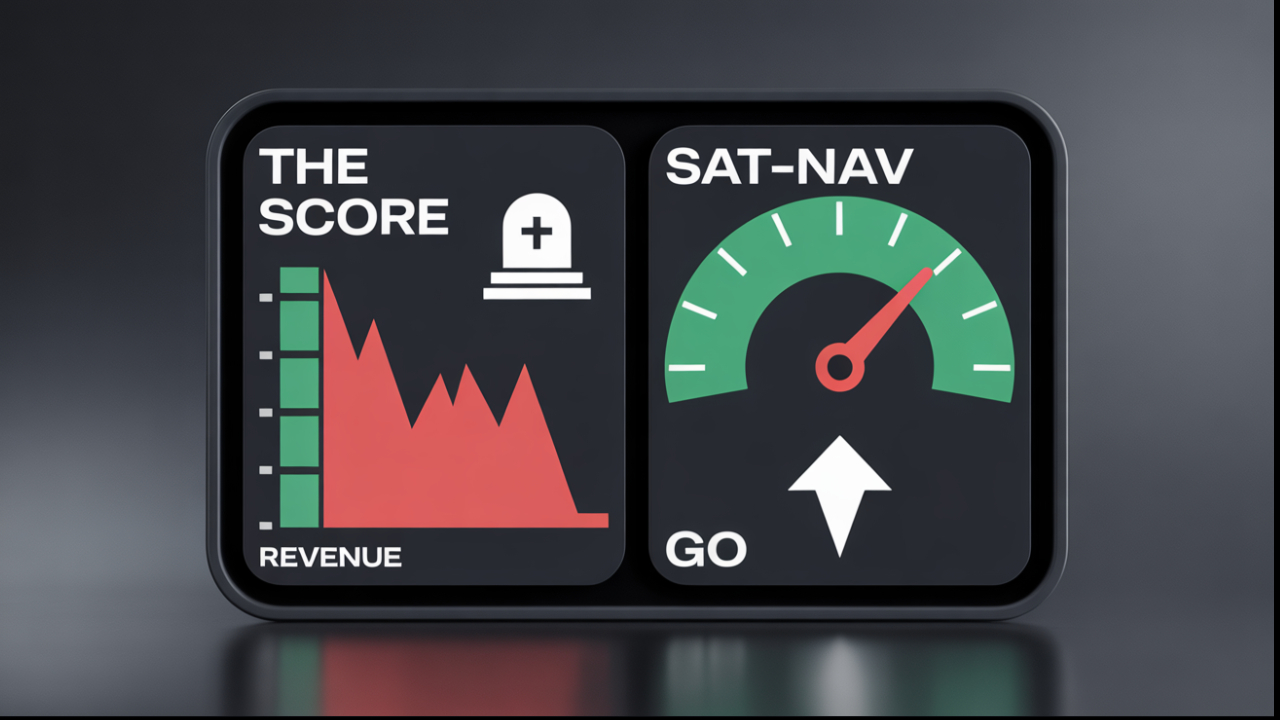Collaboration is Key to Business Growth
The Power of Collaboration: Building Successful Partnerships for Business Growth
The idea of "Collaboration" is just as important today as it was when I first started. The process of coming together with people who have different perspectives (and often less BS) can lead to innovation and more customer satisfaction than ever before.
I've always believed collaboration is a huge part of business and it's a very necessary part of a company's growth plan, the caveat I will add to that is ‘you do have to do your due diligence’ as it can be one sided, and that’s definitely not what you want.
Here both Simon and I discuss the four areas or levels of collaboration and how they fit into your business model, just some things to think about when building your own internal or external teams for further collaboration:
The 4 Areas
- Networking
- Cooperation
- Coordination
- Full on Collaboration
- Pros and Cons – (and yes there are some cons)
Networking
Networking is a vital component of collaboration, as it involves sharing information and talking to one another for mutual benefit. It is a process of building relationships with people who may be able to assist you in achieving your goals, whether personal or professional.
One aspect of networking is the one-to-one sharing of information, where individuals exchange ideas and insights on topics of common interest. This can involve sharing expertise, experiences, and resources to help each other achieve their goals. For example, a web developer might share their knowledge of WordPress with a designer who is looking to create a new website for a client - real-life example for Simon and Poppy Design Studio.
Networking also involves recommending each other's services when the time necessitates. For instance, in a Facebook group conversation where someone is looking for WordPress support, I'll recommend the services of Simon and Poppy Design Studio to the person seeking support. This type of informal, word-of-mouth recommendation can be valuable in building a reputation and attracting new business.
Networking relationships are typically loosely defined and flexible, with no risk attached to them. They're based on mutual trust, respect, and a willingness to help each other succeed. Networking can take many forms, from casual conversations at industry events to more formal business meetings and conferences.
Cooperation
Cooperation is the act of working together towards a common goal with your partner or co-sponsor. It involves sharing resources, ideas, and expertise to achieve a shared objective.
Webinars or business festival seminars with partners and co-sponsors is a great illustration of cooperation (just look at what both Simon and I are doing here with this video webinar above). By combining our efforts, we can reach a larger audience, share the workload, and provide a more comprehensive experience for attendees.
In a partnership, it's important to have a routine and schedule to ensure that both parties are on the same page and working towards the same goals. However, it's also crucial to maintain flexibility as unforeseen circumstances may come up, and adjustments may need to be made.
While there may be no formal contracts, frequent communication is essential to ensure that everyone is aware of their responsibilities and the progress being made towards achieving the shared goal. This can include regular meetings, updates on milestones, and ongoing feedback to ensure that both parties are satisfied with the results.
Coordination
Coordination is a type of collaboration that involves more formalised links and a clearly defined role for each participant. In this type of collaboration, autonomy is retained by each group or company, but decision-making is shared.
An example of coordination can be seen in Simon's work with the Kettering Business Awards or his collaboration with colleges to support the younger generation. In these projects, Simon has a defined role and works closely with other groups, but each participant retains their independence. This type of collaboration is characterized by lower to moderate risk, as each group is responsible for its own decisions and outcomes.
Coordination can be a highly effective form of collaboration, particularly when there is a need for clear communication and coordination among multiple groups or stakeholders. By formalising links and establishing clear roles, participants can work together more efficiently and effectively to achieve shared goals. However, it's important to note that coordination requires ongoing communication and collaboration to ensure that everyone remains aligned and focused on the shared objectives.
Full Collaboration
Full collaboration is a type of partnership where both parties work together with a written contract, shared decision-making, open and frequent communication, and a high level of trust. It involves a deeper level of involvement and engagement than other types of collaborations. The goal is to create a long-lasting relationship between the two parties, where they work together to achieve common goals and create shared value.
In a full collaboration, both parties share the risk and reward equally. They invest their time, money, and resources to achieve a common goal. This type of collaboration requires a significant amount of trust between the two parties. They must be willing to share sensitive information and trust that the other party will not misuse it.
The written contract is an essential part of full collaboration. It outlines the goals, responsibilities, and expectations of both parties. It also sets out the terms and conditions of the collaboration, including how the profits will be shared, who owns the intellectual property rights, and how disputes will be resolved.
Frequent communication is also crucial in full collaboration. Both parties must keep each other updated on progress, changes, and challenges. They must be willing to share feedback and collaborate on solutions to problems.
Pro and Cons of Collaboration
Collaboration is a valuable tool for achieving success in many areas, whether it be in business, creative pursuits, or personal relationships. However, collaboration does come with a risk, and as previously mentioned, it is essential to do your due diligence before entering into any collaborative effort.
This means taking the time to research and vet potential collaborators, whether they are individuals or organisations. It also means being clear about your goals and expectations for the collaboration and ensuring that all parties are on the same page. Communication is key, and it is essential to have open and honest conversations about the scope of the collaboration, the division of labour, and any potential challenges that may arise.
Despite the potential risks, the benefits of collaboration can be significant, from sharing resources and knowledge to expanding your network and reaching new audiences. However, it is important to approach collaboration with a clear-eyed view of the risks and to be prepared to walk away if the collaboration is not working out for all parties involved.
It takes time, resources, and trust to work together towards a common goal. However, when two parties collaborate they can accomplish more than they could alone.
The old African proverb, "if you want to go fast, go alone. if you want to go far, go together" is a testament to the power of collaboration. Full collaboration can help businesses achieve long-term success, growth, and innovation.
PS: If you need help with anything Business and Marketing Mastery please do get in touch with us here










